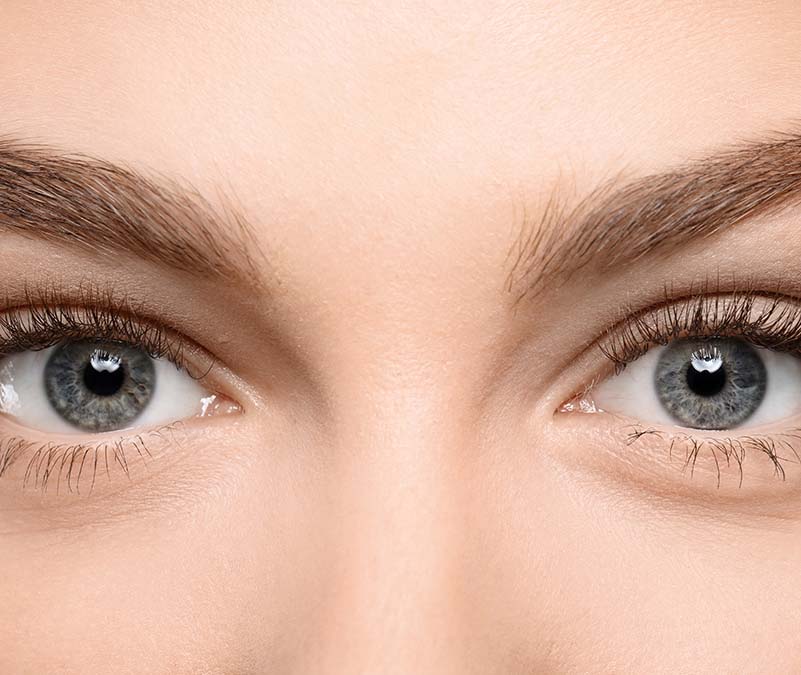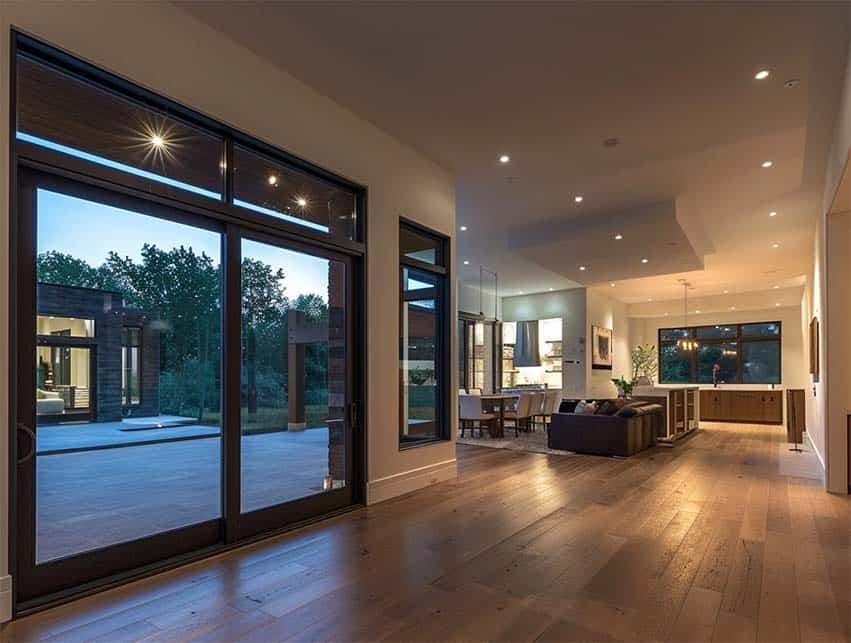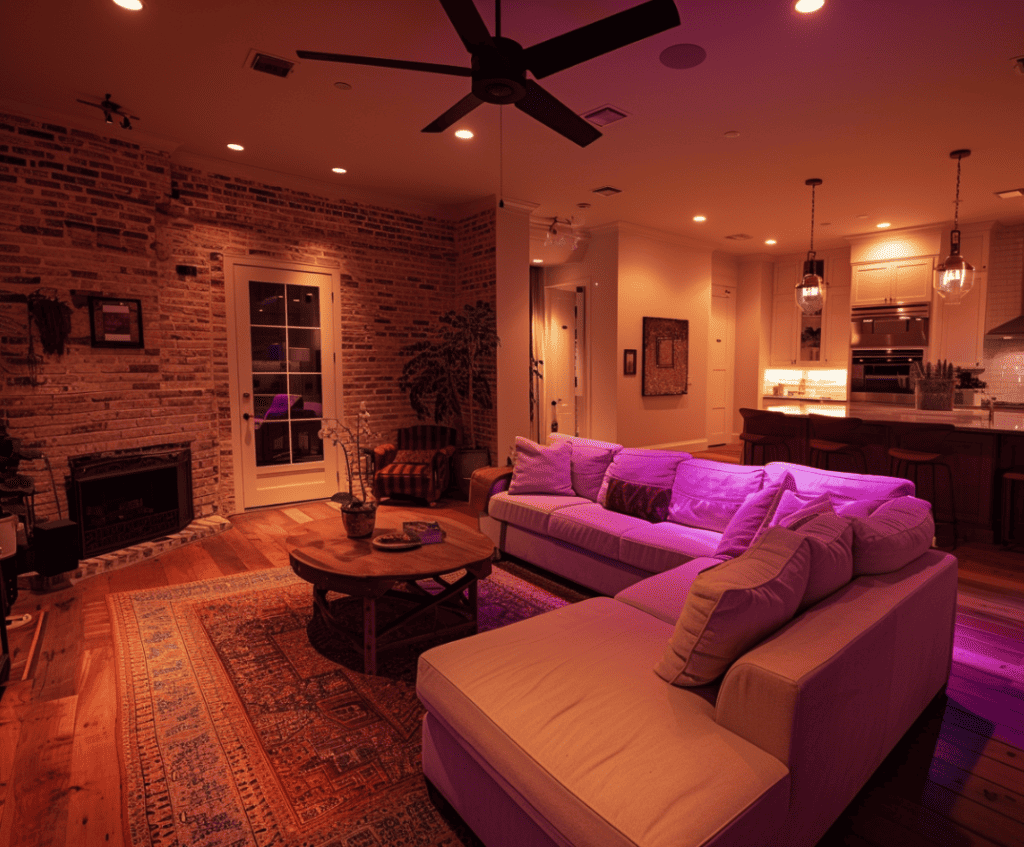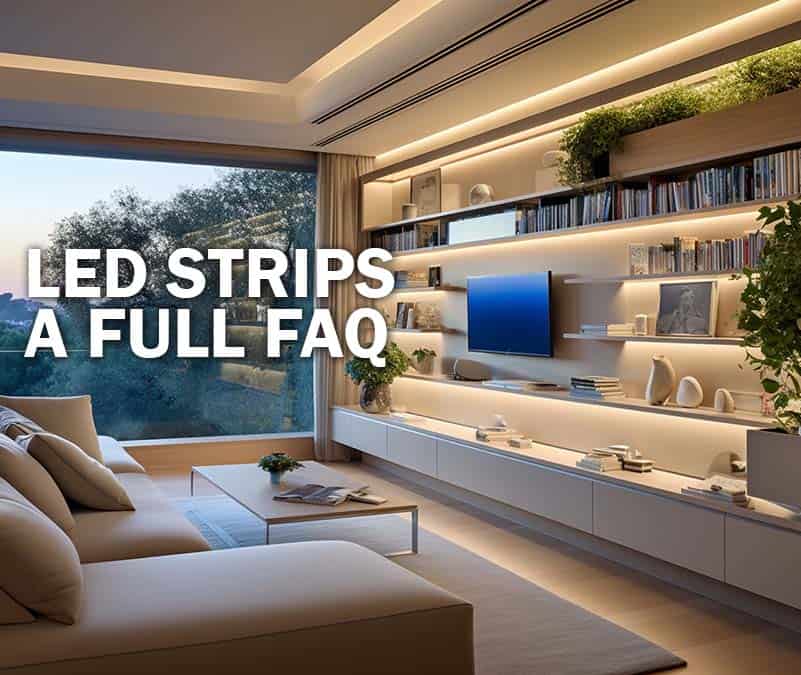LED Lighting and Cataract: A Risk for Our Eyes?

Blue light is the only risk factor
Operating as licensed electricians in San Antonio and its region, we install LED lighting systems in homes, offices, and retail stores on a regular basis. Over the past few years, our clients have asked us repetitively about the potential connection between LED lighting and cataract, as well as other perceived effects of LED technology on our health.
Since the installation of an LED lighting system is a permanent investment for a home, and even more so for an office or a retail store, we are planning to publish a series of informational articles on the topic of health and LED systems based on what we find in academic studies and professional journals.
In this first article, we will share the academic data we found on the topic of LED lighting and cataract.
Important note: We strongly advise you to do your own research on the topic, and not to rely only on the data gathered in this article. We strive to provide you with useful technical information to help you in your own research effort, and we researched academic papers. However, we are not ophtalmologists, physicians, or medical researchers, and we do not give health-related advice to anyone.
Can LED lights cause cataract?
First, let’s quickly define what cataract is.
“Cataract” is a clouding of the lens in the eye, leading to a decrease in vision. One of the primary causes of cataract formation is the accumulation of damaged proteins in the lens. Oxidative stress can damage the proteins in the lens. Over time, these damaged proteins accumulate and clump together, causing the lens to become cloudy. This cloudiness is what we recognize as a cataract.
The process is gradual, and the severity of the cataract can vary, but the end result is impaired vision, and in severe cases, blindness if not treated.
While the direct causation between LED lighting and cataract development is not conclusively established, there are indeed concerns about the potential harm of prolonged exposure to the blue light emitted by LEDs.
How can LED blue light affect the eye?
Blue light, which is part of the visible light spectrum and has a shorter wavelength, carries more energy than other colors of light. When this high-energy blue light penetrates the eye, it can lead to the generation of reactive oxygen species (ROS) in the eye.
In short, the mechanism is believed to be related to oxidative stress.
At its core, oxidative stress refers to an imbalance between the production of free radicals (molecules with unpaired electrons) and the body’s ability to counteract or detoxify their harmful effects through neutralization by antioxidants.
In simpler terms, when there are too many free radicals and not enough antioxidants to neutralize them, it can cause damage to our cells, proteins, and DNA. This damage is what we refer to as oxidative stress.
Over time, oxidative stress can damage the proteins and lipids in the lens, leading to cataract formation.
ROS (reactive oxygen species) are chemically reactive molecules that contain oxygen. They play a role in cell signaling and homeostasis. However, in excessive amounts, ROS can be harmful. They are a type of free radical.
The lens of the eye is primarily made up of proteins and lipids. When exposed to excessive ROS, these proteins and lipids can undergo structural and functional changes.
For instance, the proteins can become cross-linked, aggregated, or denatured. Similarly, lipids can undergo peroxidation, a process where free radicals “steal” electrons from the lipids in cell membranes, leading to cell damage.
Conditions under which LED blue light could cause cataract
Research differentiates between the 3 common environments – home, office, retail stores – in which LED lighting is commonly used. The risks incurred in each environment are not coming from the same sources and not occurring under the same conditions.
At home, the danger escalates with direct and prolonged exposure to blue light, especially during activities like reading on a smartphone or tablet in dimly lit conditions, or binge-watching shows on a television without ambient lighting.
In office environments, the risk is elevated due to prolonged exposure to high-intensity blue light from computer monitors, especially during tasks that require close-up focus, such as data analysis or graphic design.
In retail stores, employees and customers are exposed to blue light from LED overhead lighting, digital kiosks, point-of-sale screens, and electronic shelf labels. The risk is particularly heightened for employees who work extended shifts, especially near areas with digital displays or under strong LED spotlights used to highlight products. Stores with large electronic display boards, such as electronics or appliance stores, can be sources of concentrated blue light.
There is an increase in the risk level that is associated with the intensity and the duration of the exposure. This is the reason why measures should be taken to limit or mitigate exposure to blue light.
How to mitigate the risks associated with LED blue light overexposure
There are ways to minimize the risk of overexposure to blue light, and the potential long-term connection between LED lighting and cataract. Again, the environment is paramount, so we will differentiate the mitigation strategies based on the situation.
In an office:
- Use blue light filters on screens.
- Wear protective eyewear that filters out blue light.
- Take regular breaks from screens using the 20-20-20 rule: every 20 minutes, look at something 20 feet away for at least 20 seconds.
- Reduce screen brightness, especially in low light conditions.
- Ensure ambient lighting is adequate when using screens.
In a home:
- Adjust color temperature: Many modern LED bulbs and fixtures allow users to adjust the color temperature. Opt for warmer tones (yellowish) in the evening, which emit less blue light compared to cooler, daylight tones (bluish).
- Use blue light filters: Use blue light filters on digital devices such as smartphones, tablets, and computer screens. Many devices have built-in settings to reduce blue light emission, often termed “night mode” or “reading mode.”
- Take screen breaks: Follow the 20-20-20 rule. Every 20 minutes, take a 20-second break and focus on something at least 20 feet away. This helps reduce eye strain and limits continuous blue light exposure.
- Position your screen properly: Ensure that screens are positioned at eye level or slightly below and are at least an arm’s length away. This reduces the intensity of light entering the eyes.
- Take advantage of ambient lighting: Instead of using screens in complete darkness, ensure there’s ambient lighting in the room. This reduces the contrast between the screen and the surrounding environment, decreasing eye strain.
- Use anti-reflective lenses: If you wear glasses, consider lenses with an anti-reflective coating designed to reduce blue light exposure.
- Limit screen time before bed: Blue light can interfere with the production of melatonin, a hormone responsible for sleep. Limiting screen time at least an hour before bedtime can improve sleep quality.
- Install dimmers: If your home lighting system allows, use dimmers to reduce the intensity of LED lights, especially during the evening.
- Set limits for your children: For households with children, it’s essential to educate them about the potential risks of prolonged screen time and set limits, especially during nighttime.
- Let natural light in: During the day, make the most of natural sunlight by opening curtains and blinds. Natural light exposure during the day can help regulate the body’s internal clock and reduce the adverse effects of blue light in the evening.
- Prefer “task lighting”: Instead of bright overhead lights, use task lighting (like desk lamps) for activities that require focused light. This limits the area of exposure and allows the rest of the room to have softer lighting.
In a retail store:
In a retail environment, use a combination of strategic lighting design and employee awareness to addressing the potential connection between LED lighting and cataract due to blue light exposure:
- Adjustable lighting systems: Install lighting systems that allow for adjustable color temperatures. During hours when intense illumination isn’t necessary, opt for warmer tones (yellowish) which emit less blue light compared to cooler, daylight tones (bluish).
- Limit high-intensity spotlights: While spotlights can highlight products effectively, they often emit concentrated blue light. Use them judiciously and consider alternatives or diffusers to soften the light.
- Ambient lighting: Ensure that the store has a balance of ambient lighting to reduce the contrast between bright spotlights or displays and the surrounding environment. This can help in reducing eye strain for both employees and customers.
- Protective eyewear for employees: Consider providing employees, especially those working long shifts, with protective eyewear that filters out blue light. This is particularly beneficial for employees working near digital displays or under strong LED lights.
- Allow employees to take regular breaks: Encourage employees to take regular breaks from areas with intense lighting or from tasks that require them to focus on digital screens for extended periods.
- Educate employees: Make sure employees are aware of the potential risks of prolonged blue light exposure and provide them with tips to reduce eye strain, such as the 20-20-20 rule.
- Optimize the placement of digital displays: Place digital kiosks and electronic displays at an angle or height that reduces direct eye exposure for both employees and customers.
- Use of diffusers and shades: Implement diffusers or shades on particularly bright LED fixtures to spread out the light and reduce its intensity.
- Take advantage of natural light: If the store design allows, maximize the use of natural light during the day. This not only reduces the need for artificial lighting but also offers a more balanced spectrum of light. Wall mirrors near an entrance or a window display will help bounce natural light around the store.
- Mandate regular eye check-ups: Offer regular eye check-ups for employees, especially those who express concerns about eye discomfort or strain.
- Encourage feedback: Encourage employees to report areas in the store with uncomfortable lighting. Make adjustments accordingly.
Our role as electricians
At All Star Electric San Antonio, we consider our role toward our clients to be that of a trusted advisor, as much as that of competent commercial and residential electricians.
For these reasons, we do our own research when we define the scope and the specifics of any electrical installation, be it for a home, a school, an office, a public building, a store or a parking lot.
LED lighting systems are here to stay and their technology is always progressing. We are seeing the risk inherent to blue light exposure decreasing over the years as it becomes clearer to medical science.
When we prepare the installation of an LED lighting system in a residential setting, we have already researched the best solutions and resources that are available today for this purpose. We advise our clients accordingly, and guide their choices of fixtures, the number of them, their placement in the home, etc, so that the risks are minimized and the benefits maximized.
If you think of switching out of your legacy incandescent lighting system into an LED lighting installation, call us at (210) 391-0274 to come to your home and evaluate the type and size of the system you need.
Additional resources:
“Review: The Impact of Light in Buildings on Human Health” by P.R. Boyce from Rensselaer Polytechnic Institute. This study discusses the effects of light on health, including potential damage to the eye from various light sources.
IEEE 802.15.7 visible light communication: modulation schemes and dimming support
This study discusses visible light communication, which refers to short-range optical wireless using the visible spectrum from 380 to 780 nm. Enabled by recent advances in LED technology, IEEE 802.15.7 supports high-data-rate up to 96 Mb/s through fast modulation of sources which may be dimmed during their operation. The research provides insights into dimming adaptable mechanisms for flicker-free communication.
The new world atlas of artificial night sky brightness
This study presents a world atlas of zenith artificial night sky brightness, modeled with VIIRS DNB data and calibrated with more than 35,000 observations. While the primary focus is on artificial night sky brightness, the implications of LED lighting and its impact on the environment, including potential effects on the human eye, are relevant.





























